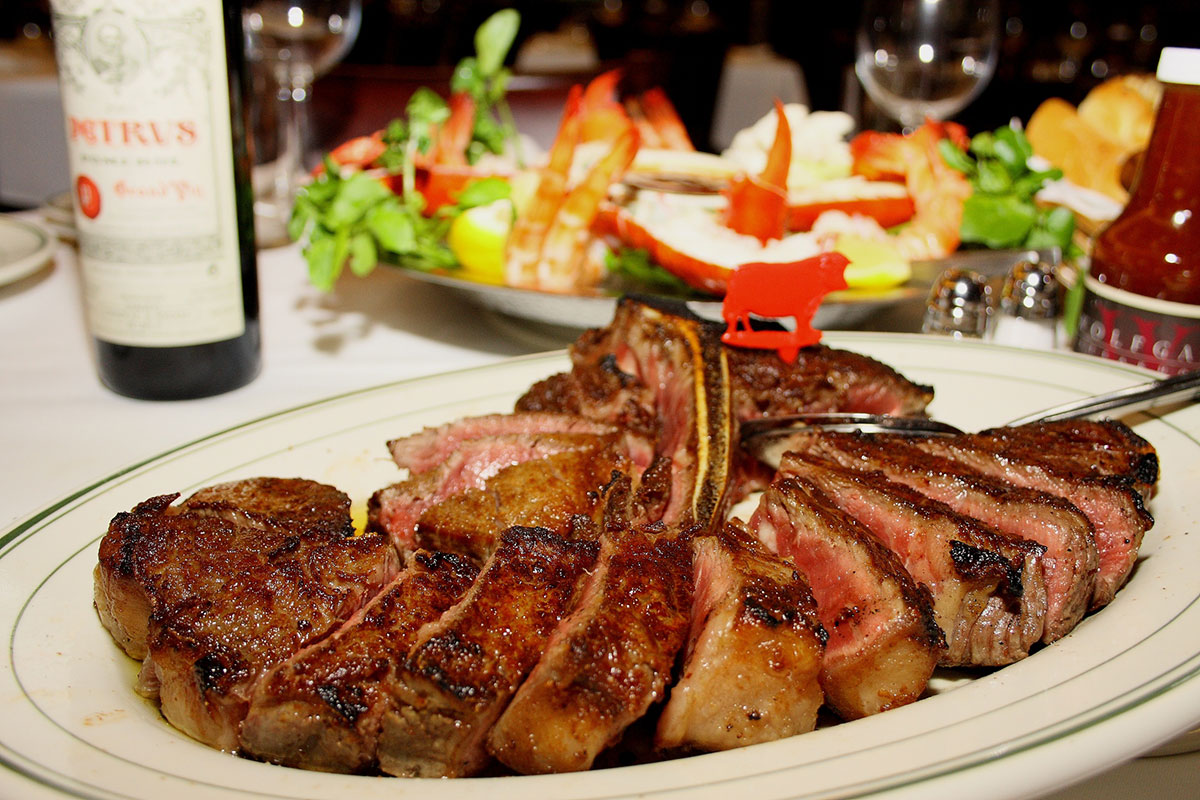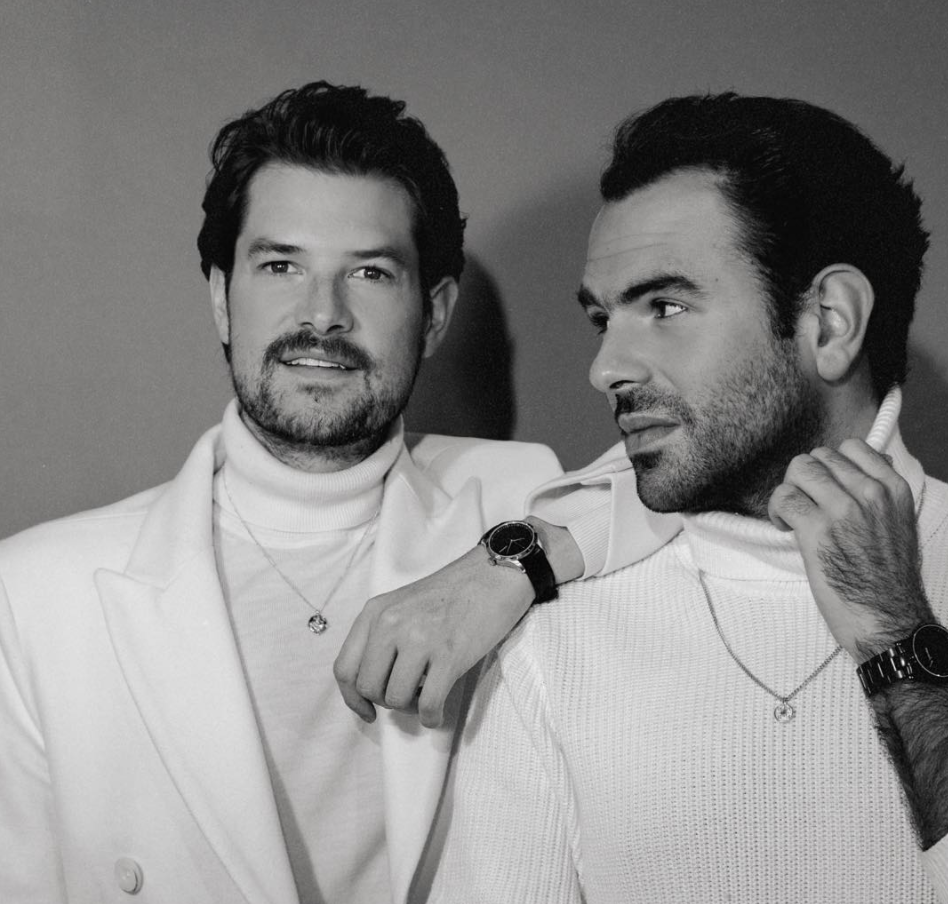Chef Amiro Cruz on How to Make the Perfect Steak
Miami’s Cuban influence and waterfront location hasn’t always made it a prime spot for the traditional American steakhouse—but when steak guru Wolfgang Zwiener brought his namesake New York steakhouse to the shores of Biscayne Bay

Miami’s Cuban influence and waterfront location hasn’t always made it a prime spot for the traditional American steakhouse—but when steak guru Wolfgang Zwiener brought his namesake New York steakhouse to the shores of Biscayne Bay in 2013, it solidified the fact that Miami had become one.
Hovering over Downtown Miami from its spot in the Related Building, dining at Wolfgang’s Steakhouse by Wolfgang Zwiener {315 South Biscayne Boulevard, Downtown Miami; 305.487.7130} feels like a reward. (And considering its pricey wine list is recognized by Wine Spectator, it should.) Adding a little Miami to the mix, Brazilian cherry wood floors and alabaster chandeliers are complemented by floor-to-ceiling views of Biscayne Bay, the Miami River and the Magic City skyline, and the expected “business” crowd is dotted with couples, families and young foodies alike, making this steakhouse a fit for everyone. Most known for its signature 28-day, dry-aged steak, which is cooked to perfection in a 1,600-degree on-site broiler, it’s no surprise that Wolfgang’s has expanded to 17 locations around the world… even going so far as Singapore and Hong Kong.
And after trying it for ourselves to see what all the fuss was about, we just had to sit down with Executive Chef Amiro Cruz to find out what makes their steak taste that good:
Let’s get to the point. What makes Wolfgang’s steaks so tasty?
It’s not just one thing, it’s a month-long process. We start with a great cut of beef which has been aged 28 days—and it has to be USDA Prime. We also only dry-age it onsite, so we know it’s done right. Both steps are just as important as the other.
What makes your Porterhouse for Two so special? Are there any “secrets” you can share with us?
When you have a great cut of meat, you don’t have to do a lot to it. We actually only use two things: salt and butter. We salt it and cook it on high heat so it develops some kind of char on the outside, but the juice stays on the inside. Then, we finish it with some butter and use the juices from the fat, bone, and everything else to create a natural “au jus” and enhance the flavor of the beef itself. Black pepper is on the table if guests feel they need it, but that’s it.
Let’s say we want to cook steak at home. What are your expert tips for making the perfect steak?
- You have to have a flat-top or a grill, but I don’t recommend the flat-top because of the amount of smoke it creates. If you’re using a grill, make sure it’s clean.
- Get your meat from a local butcher, and make sure it has at least one and a half inches of fat—that will help preserve the temperature.
- Controlling the temperature is a challenge. To start, cook the meat on one side for a few minutes, and after four minutes, flip it over. Repeat this process until you reach your desired temperature. Let your thermometer be your guide. A good “rare” steak, which is my favorite, should be 130-135 F in the center, and increase it by five degrees for every temperature range after that. If you don’t have a thermometer, cut a little bit off the side to see if it’s cooked how you like it.
- Add butter while it’s still cooking. Let the steak sizzle and char.
- Lightly salt it.
How does Wolfgang’s standout from the competition here in Miami?
We do everything ourselves, from A to Z. Very few steakhouses do that. There are two types of aging, dry age and wet age, and dry age is more expensive, so not many steakhouses do that, either. We know it’s more expensive, but we want to give our customers the best. That’s what sets us apart. From a month before to the moment it’s served, we only do what’s best.
Happy dining!
By Jennifer Agress | Miami Editor





